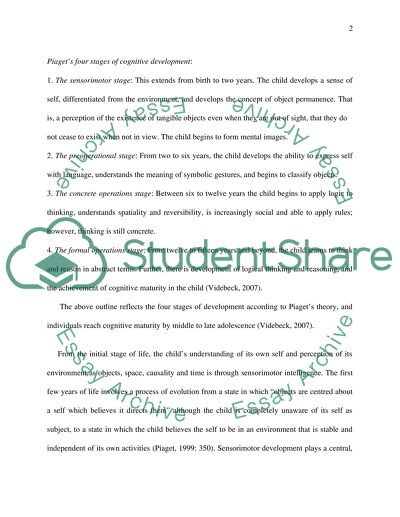Cite this document
(“Piaget's theory Essay Example | Topics and Well Written Essays - 2000 words”, n.d.)
Piaget's theory Essay Example | Topics and Well Written Essays - 2000 words. Retrieved from https://studentshare.org/miscellaneous/1546879-piagets-theory
Piaget's theory Essay Example | Topics and Well Written Essays - 2000 words. Retrieved from https://studentshare.org/miscellaneous/1546879-piagets-theory
(Piaget'S Theory Essay Example | Topics and Well Written Essays - 2000 Words)
Piaget'S Theory Essay Example | Topics and Well Written Essays - 2000 Words. https://studentshare.org/miscellaneous/1546879-piagets-theory.
Piaget'S Theory Essay Example | Topics and Well Written Essays - 2000 Words. https://studentshare.org/miscellaneous/1546879-piagets-theory.
“Piaget'S Theory Essay Example | Topics and Well Written Essays - 2000 Words”, n.d. https://studentshare.org/miscellaneous/1546879-piagets-theory.


